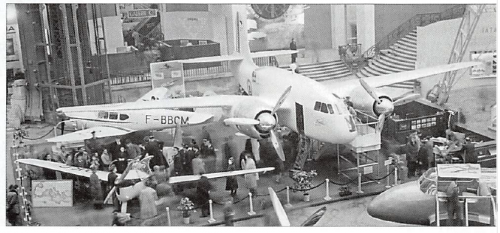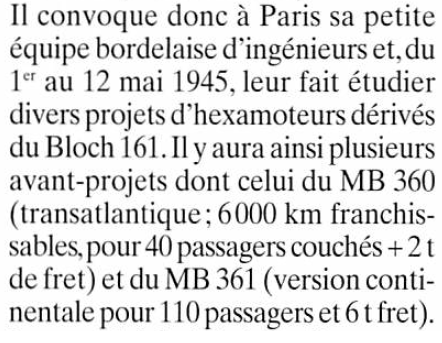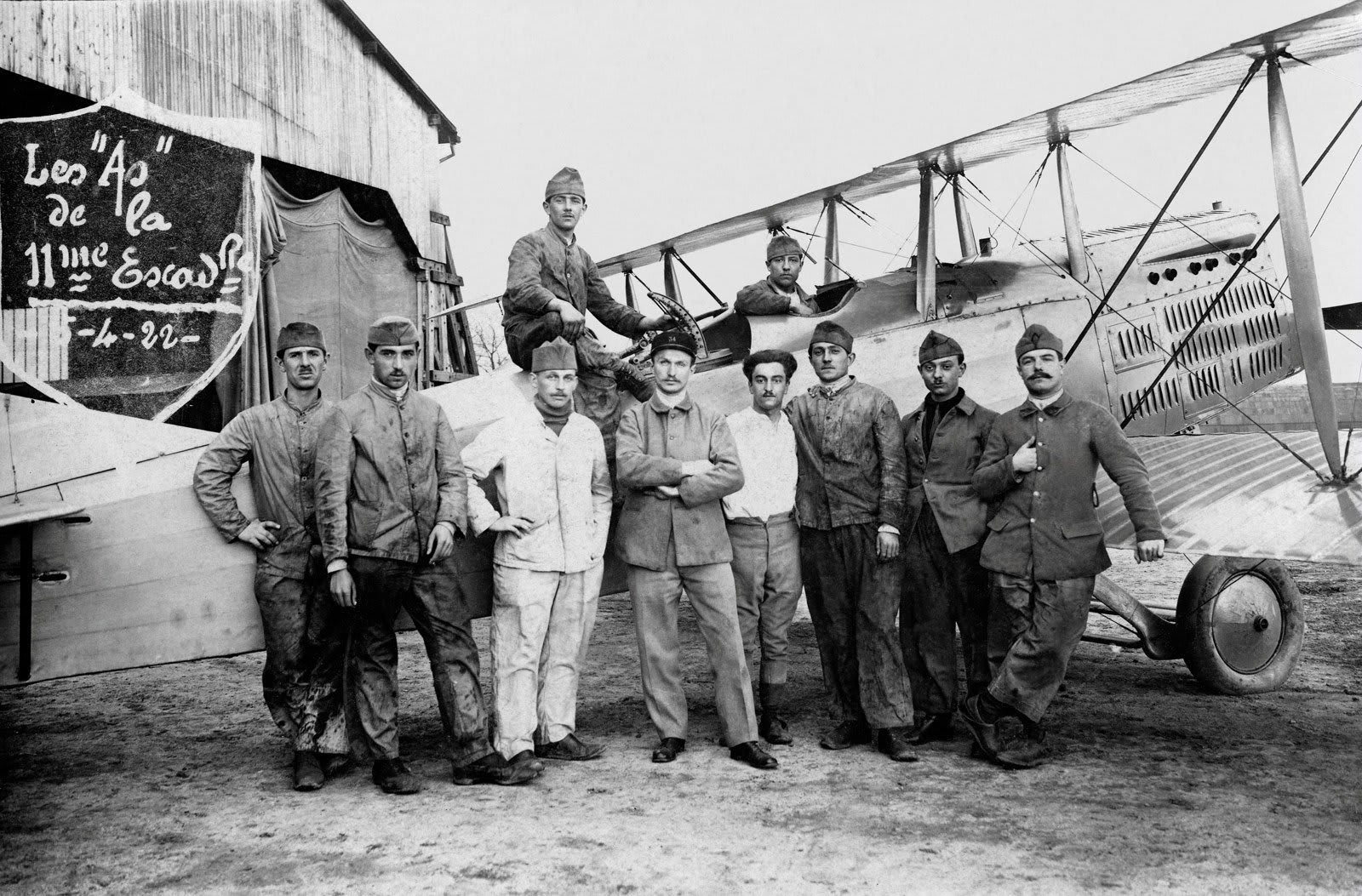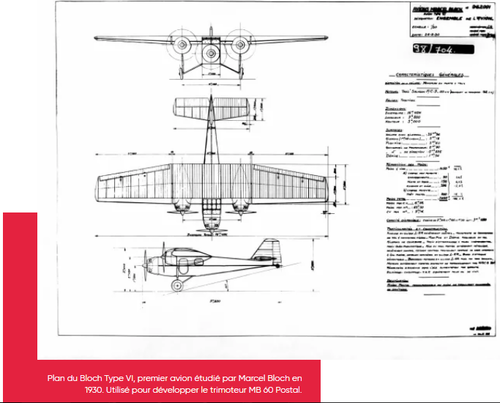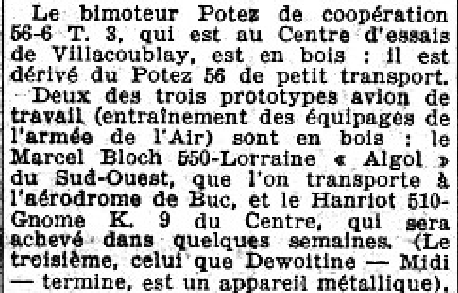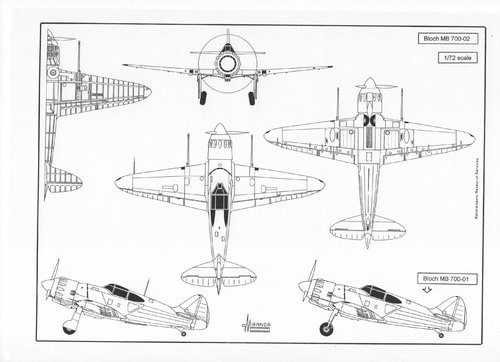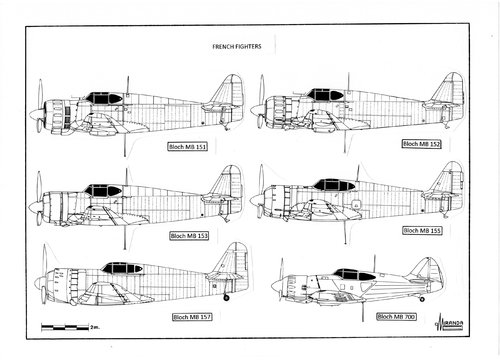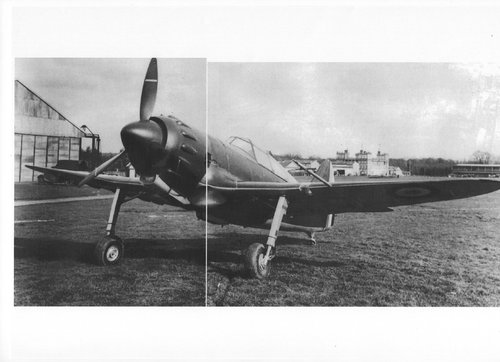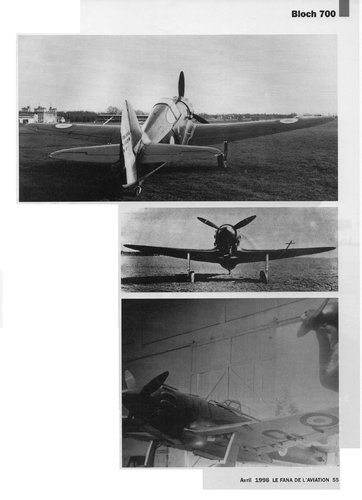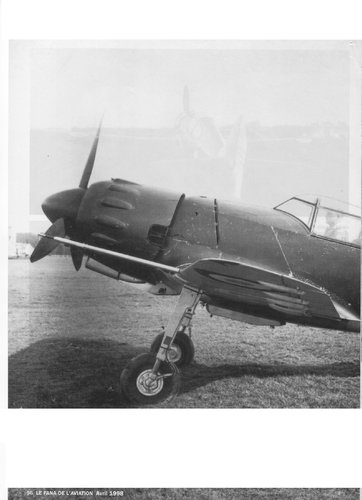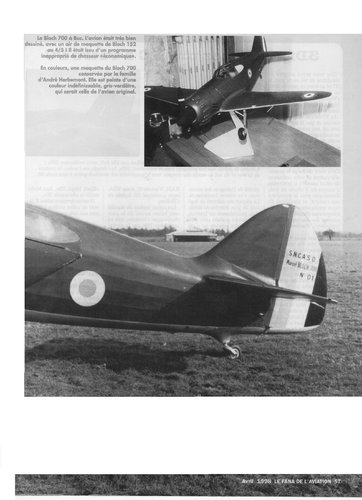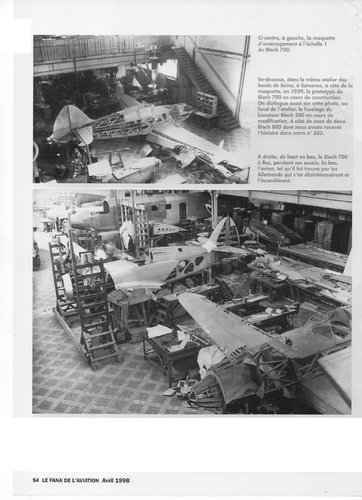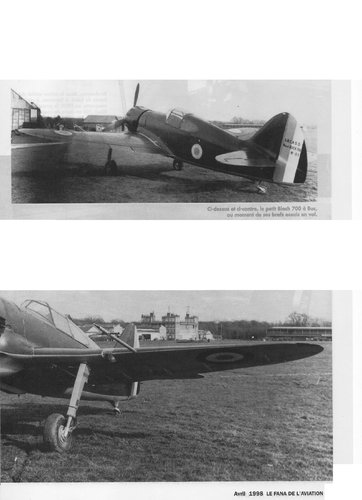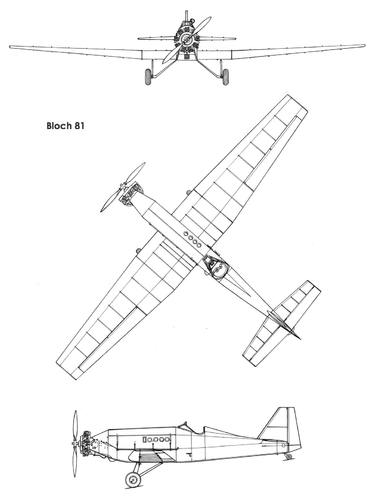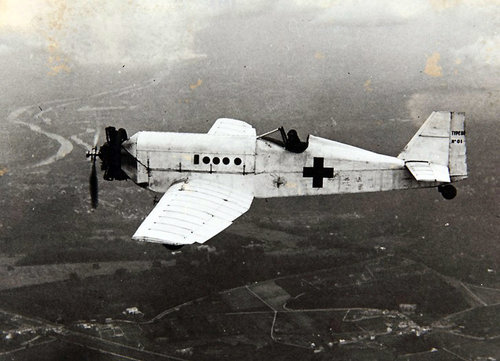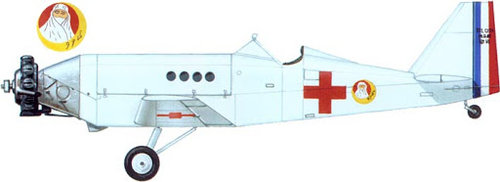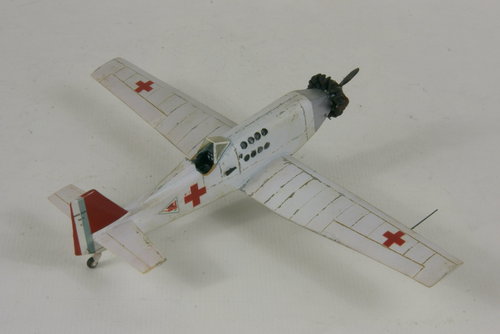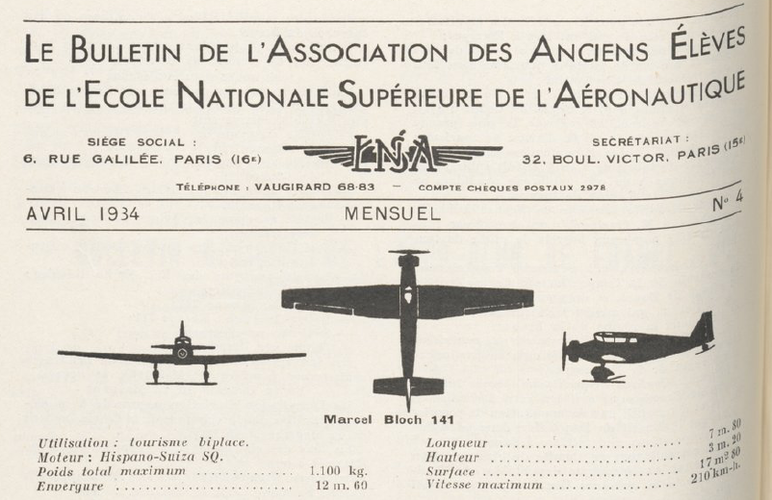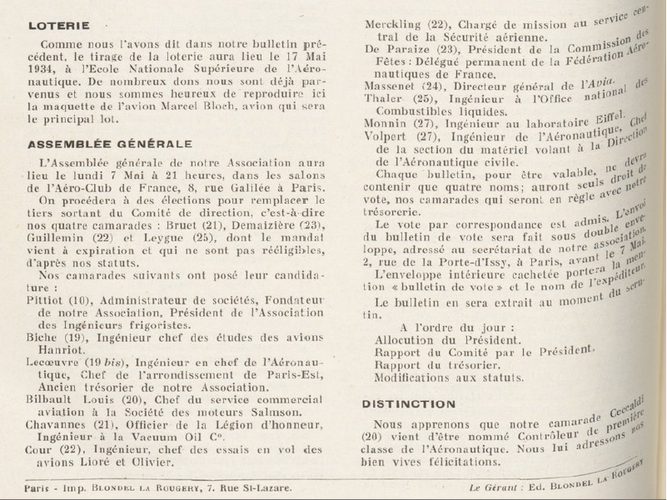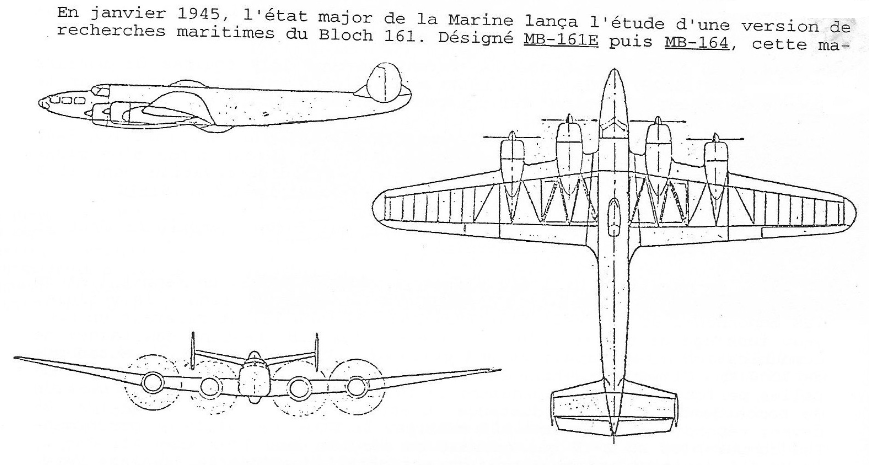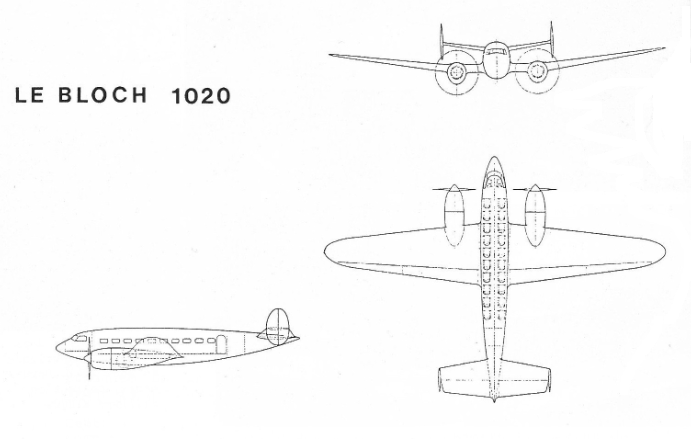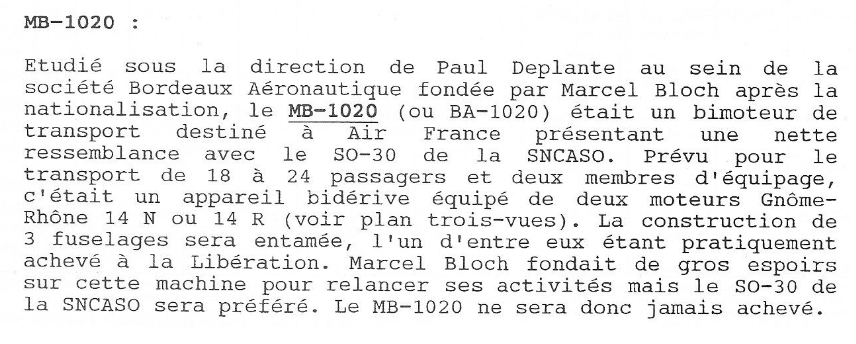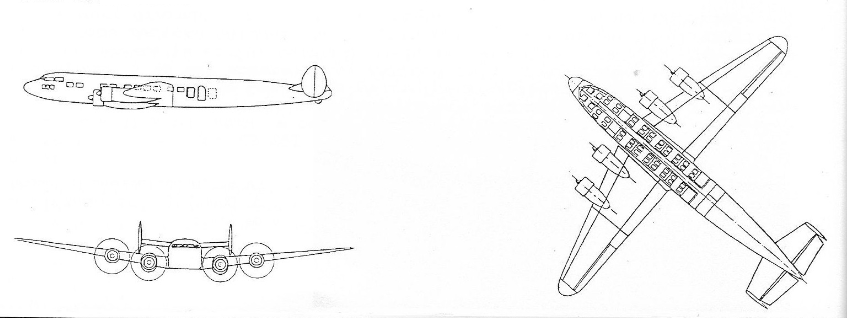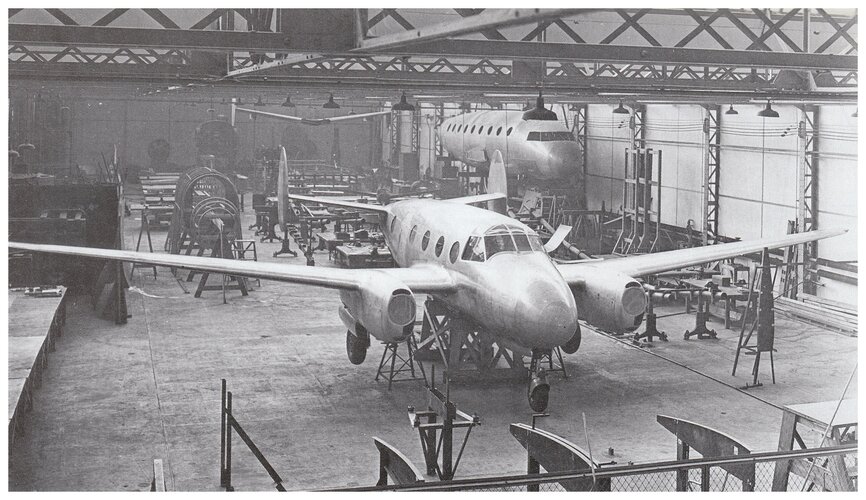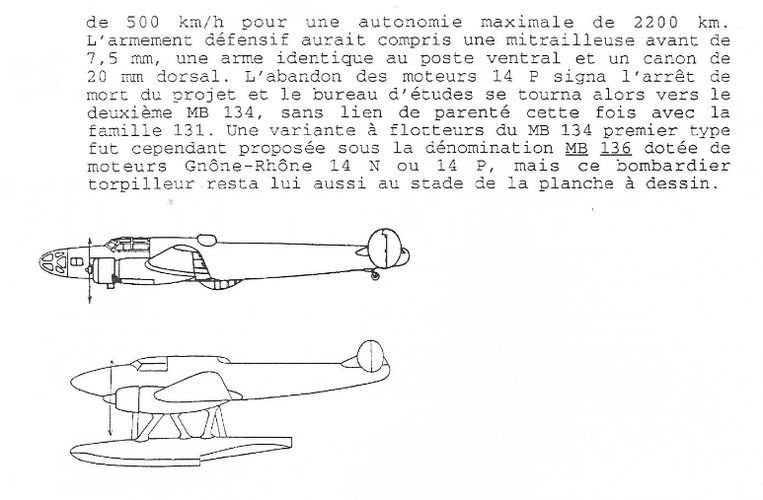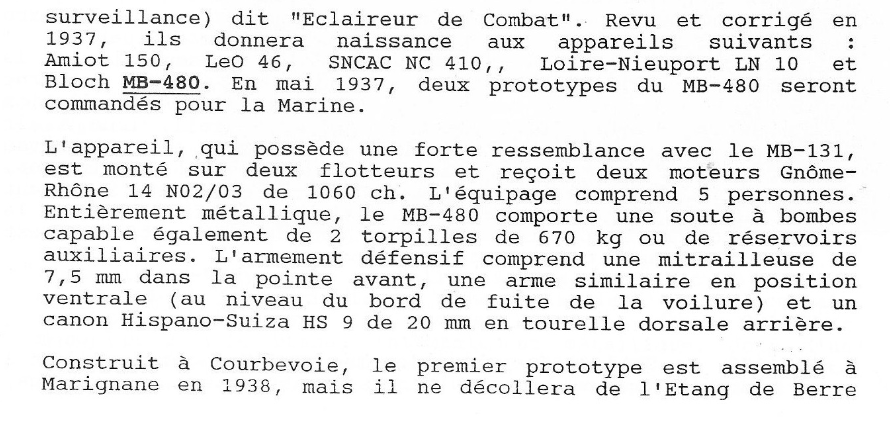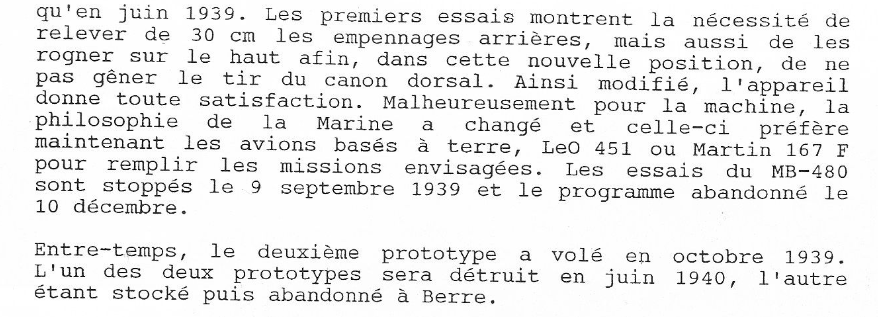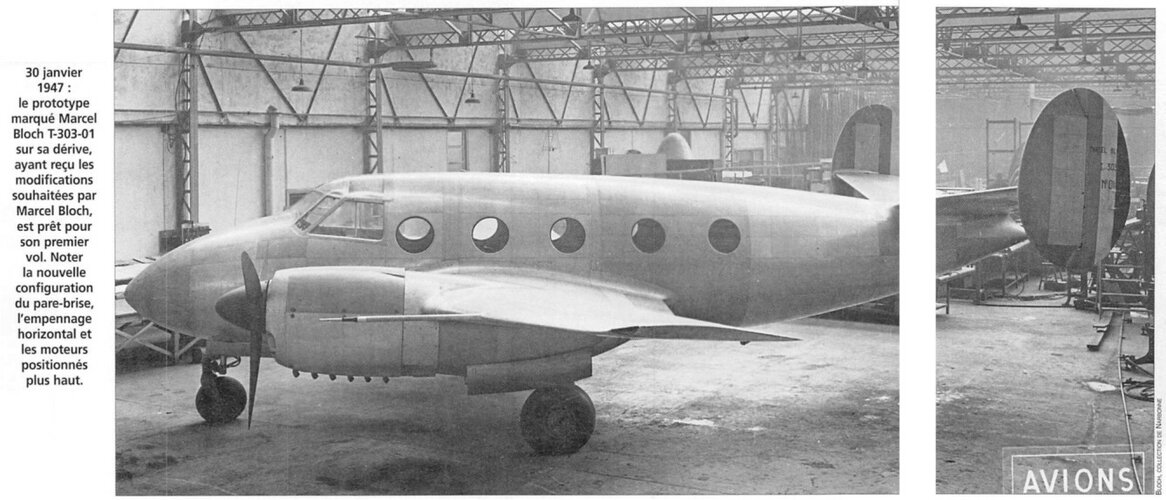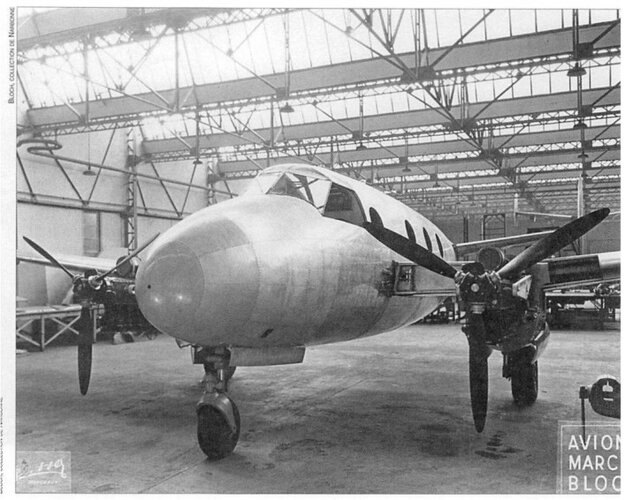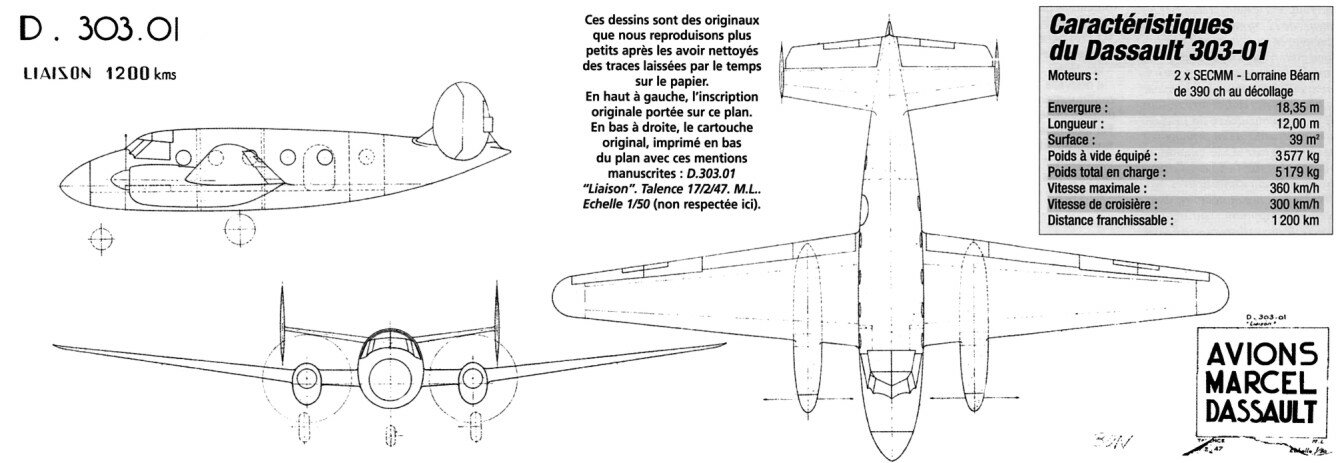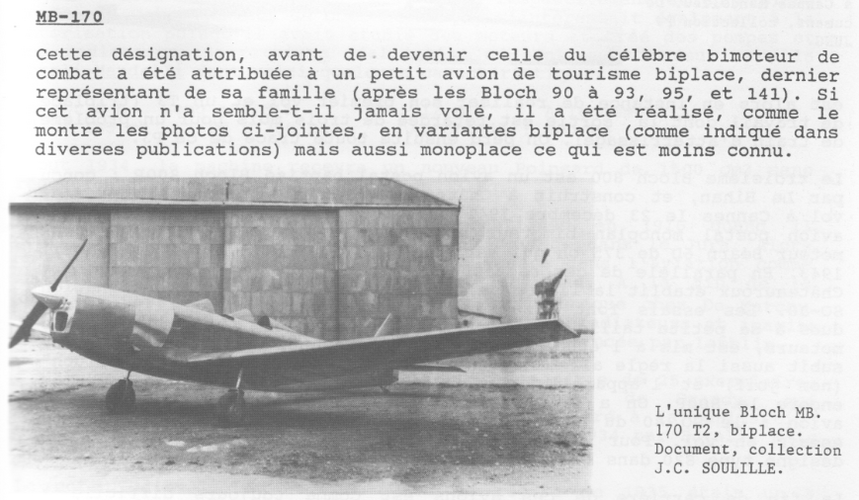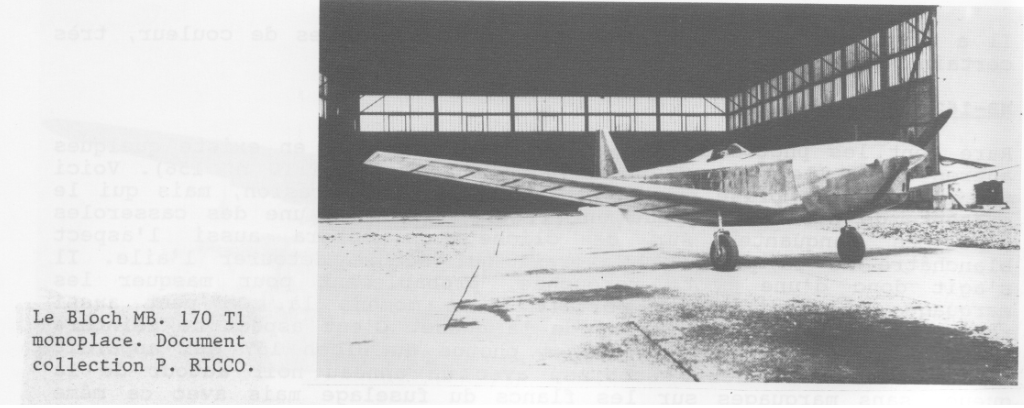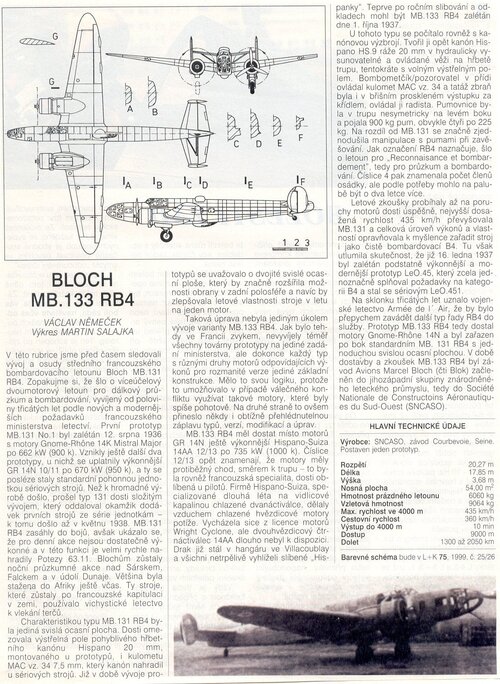blackkite
Don't laugh, don't cry, don't even curse, but.....
- Joined
- 31 May 2007
- Messages
- 8,819
- Reaction score
- 7,716
Hi! MB.170.
http://www.airwar.ru/enc/bww2/mb170.html
https://en.wikipedia.org/wiki/Bloch_MB.170
"MB.170
MB.170.01 - The first prototype, equipped as reconnaissance aircraft, powered by Gnome-Rhône 14N-06 engines.
MB.170.02 - The second prototype, equipped as light bomber, powered by Gnome-Rhône 14N-06 engines.
MB.174
MB.174.01 - The original MB.174 prototype, powered by Gnome-Rhône 14N-49 engines.
MB.174A.3 - Original production version, powered by Gnome-Rhône 14N-49 engines.. 56 built
MB.175
MB.175.01 - The original MB.175 prototype, powered by Gnome-Rhône 14N-48 engines.
MB.175B.3 - Second production version. 23 built, plus 56 unarmed aircraft for the Luftwaffe, powered by Gnome-Rhône 14N-48 engines.
MB.175T Post-war torpedo bomber version for the Aeronavale. 80 built.
MB.176
MB.176.01 - The original MB.176 prototype, powered by two Pratt & Whitney R-1830 SC 3-G Twin Wasp engines.
MB.176B.3 - Production version. 5 built
MB.177 Single prototype, powered by two Hispano-Suiza 12Y-31 inline engines.
MB.178 Further development , construction halted by arrival of German forces."
Original MB.174 A.3 three side view drawing source. Also you can see MB.175 B.3 drawings here.
http://lapatrouillesimple.forumgratuit.org/t486-bloch-mb-174
MB.175.
http://www.airwar.ru/enc/bww2/mb175.html
http://www.airwar.ru/enc/bww2/mb170.html
https://en.wikipedia.org/wiki/Bloch_MB.170
"MB.170
MB.170.01 - The first prototype, equipped as reconnaissance aircraft, powered by Gnome-Rhône 14N-06 engines.
MB.170.02 - The second prototype, equipped as light bomber, powered by Gnome-Rhône 14N-06 engines.
MB.174
MB.174.01 - The original MB.174 prototype, powered by Gnome-Rhône 14N-49 engines.
MB.174A.3 - Original production version, powered by Gnome-Rhône 14N-49 engines.. 56 built
MB.175
MB.175.01 - The original MB.175 prototype, powered by Gnome-Rhône 14N-48 engines.
MB.175B.3 - Second production version. 23 built, plus 56 unarmed aircraft for the Luftwaffe, powered by Gnome-Rhône 14N-48 engines.
MB.175T Post-war torpedo bomber version for the Aeronavale. 80 built.
MB.176
MB.176.01 - The original MB.176 prototype, powered by two Pratt & Whitney R-1830 SC 3-G Twin Wasp engines.
MB.176B.3 - Production version. 5 built
MB.177 Single prototype, powered by two Hispano-Suiza 12Y-31 inline engines.
MB.178 Further development , construction halted by arrival of German forces."
Original MB.174 A.3 three side view drawing source. Also you can see MB.175 B.3 drawings here.
http://lapatrouillesimple.forumgratuit.org/t486-bloch-mb-174
MB.175.
http://www.airwar.ru/enc/bww2/mb175.html
Attachments
-
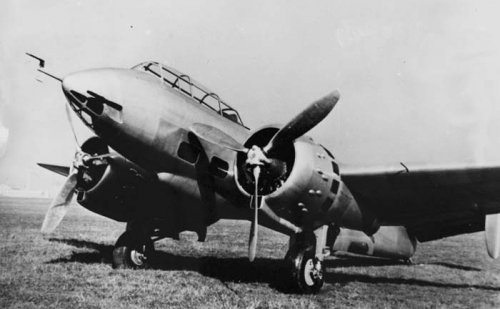 MB170 prototype No.1.jpg45.1 KB · Views: 937
MB170 prototype No.1.jpg45.1 KB · Views: 937 -
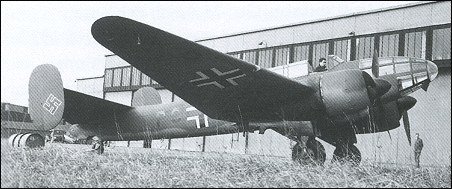 bloch-175_1.jpg33.7 KB · Views: 228
bloch-175_1.jpg33.7 KB · Views: 228 -
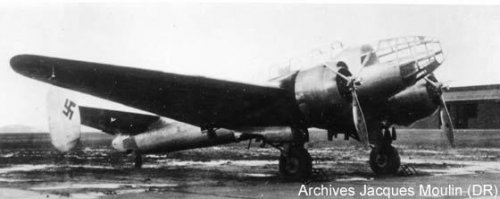 176.jpg18.7 KB · Views: 214
176.jpg18.7 KB · Views: 214 -
 bloch-mb176-2.png53.5 KB · Views: 236
bloch-mb176-2.png53.5 KB · Views: 236 -
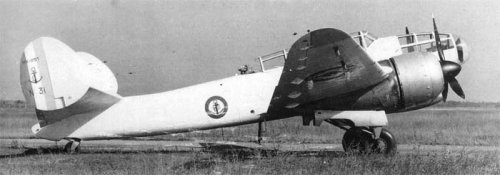 175T.jpg39.1 KB · Views: 240
175T.jpg39.1 KB · Views: 240 -
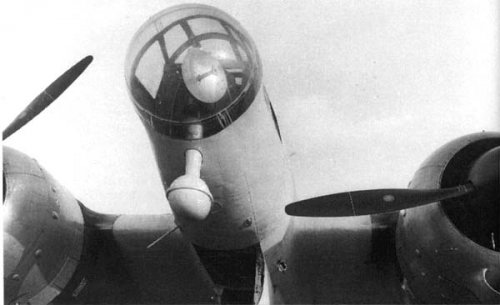 MB.175T.jpg36.1 KB · Views: 708
MB.175T.jpg36.1 KB · Views: 708 -
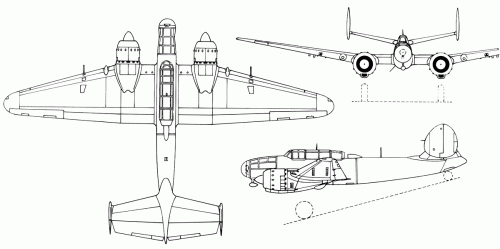 MB.175T.gif84.1 KB · Views: 778
MB.175T.gif84.1 KB · Views: 778 -
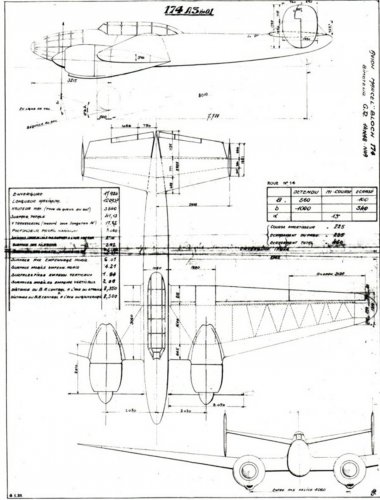 MB.174 A.3.jpg240.9 KB · Views: 813
MB.174 A.3.jpg240.9 KB · Views: 813 -
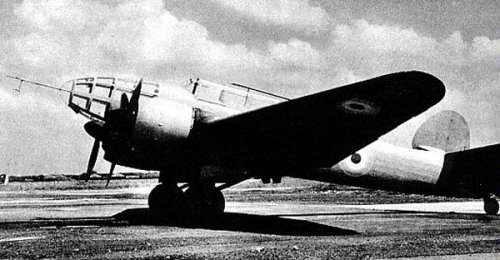 MB170 prototype No.2.jpg60 KB · Views: 864
MB170 prototype No.2.jpg60 KB · Views: 864

